Ecology
Butterfly species you may see on the Green
Ecology
Butterfly species you may see on the Green
↩ Butterflies
Comma
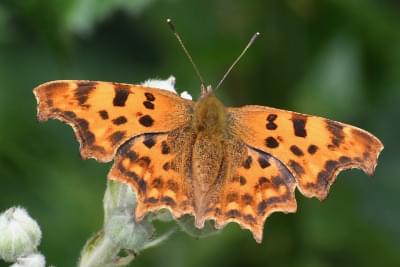
Image © Pipe Green Trust
The jagged wing edges are a distinctive feature of this lovely orange butterfly. It is so called as there is a distinctive white “comma” mark on the underwing. It is usually found on the edges of the Green, especially on the bramble.
For further information visit butterfly-conservation.org
Common Blue
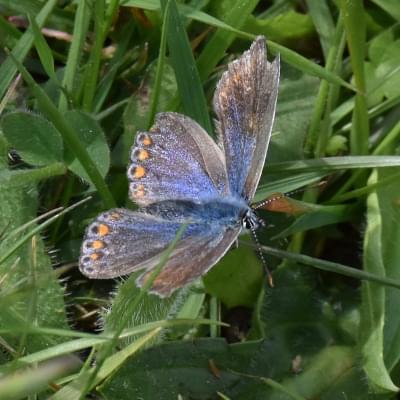
Image © Pipe Green Trust
Whilst the name suggests that this butterfly should be quite plentiful, that is unfortunately not the case and in fact most blue butterflies that you see on the Green are its close relative, the Holly Blue. However, this rather tattered female was found on the Green, so it is good to know that they are around.
For further information visit butterfly-conservation.org
Gatekeeper
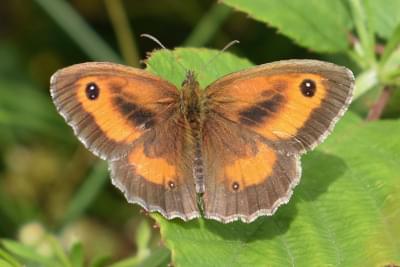
An orangey-brown butterfly (also known as a Hedge Brown) that is associated with grassland and can be found on the Green in July/August. It has two white dots on the black eyespots, which can be used to distinguish it from a similar looking butterfly, the Meadow Brown (which only has one white dot in the eyespot). The adults can often be found feeding on bramble.
For further information visit butterfly-conservation.org
Green Veined White
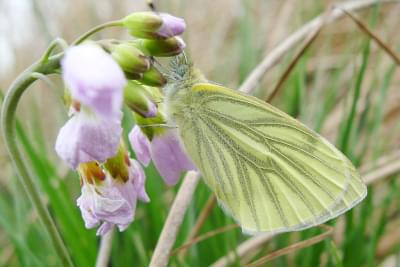
Image © Pipe Green Trust
Can be distinguished from the other white butterflies by having dark veins on the underwing. It is often found on the damper side of the Green, feeding off bramble and marsh thistle.
For further information visit butterfly-conservation.org
Holly Blue
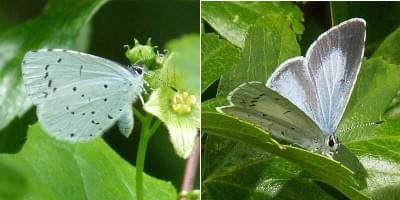
Image courtesy of Bob Russon, Lichfield & District Local RSPB Group
It has a silvery underwing with black dots, which distinguishes it from the Common Blue butterfly. Interestingly the Holly Blue has two broods in one year: the eggs of the first brood are laid on holly, whilst the eggs of the second brood are laid on ivy!
For further information visit butterfly-conservation.org
Large Skipper
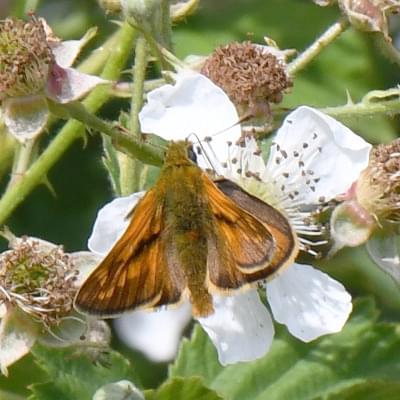
Image © Pipe Green Trust
A small orange butterfly that is usually found on the wetter side of the Green. They have stouter bodies than the Small Skipper and a variegated pattern on the wing.
For further information visit butterfly-conservation.org
Large White
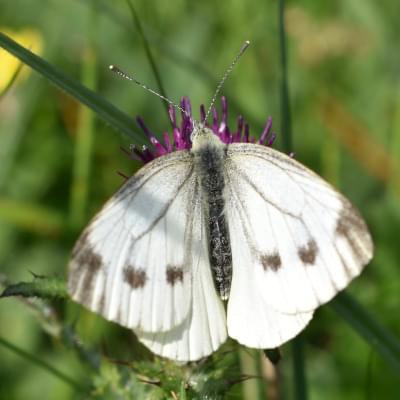
Image © Pipe Green Trust
Also known as a “Cabbage White” it is probably a more common visitor to the cabbage patch! However, it is also found on the Green, from June onwards.
For further information visit butterfly-conservation.org
Meadow Brown
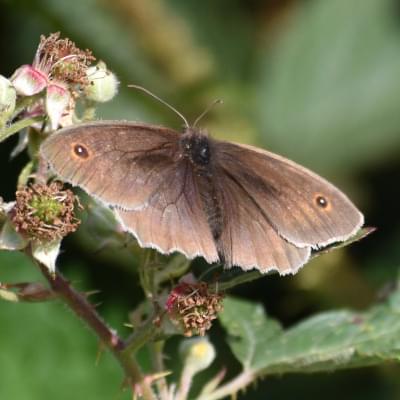
Image © Pipe Green Trust
A brown butterfly associated with grassland and large numbers can be found on the Green. They fly low over the grass and can often be seen feeding on the bramble. The caterpillars feed on a variety of the meadow grasses.
For further information visit butterfly-conservation.org
Orange Tip
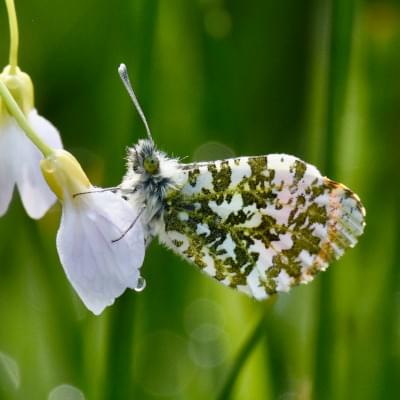
Image © Pipe Green Trust
One of the earliest butterflies to be seen on the Green in May. They lay their eggs on the cuckoo flower (ladies smock), which grows on the wet side of the Green. The male has the distinctive orange tip to its wing, whilst the females are white.
For further information visit butterfly-conservation.org
Peacock
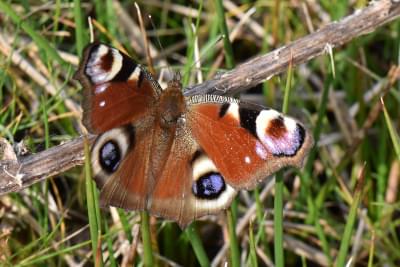
Image © Pipe Green Trust
One of the easiest butterflies to identify, with its large eyespots (used to confuse predators). It over winters in its adult form and so can be seen flying as early as March. Often found feeding on the bramble on the Green, or on the ivy flower in early Autumn.
For further information visit butterfly-conservation.org
Red Admiral
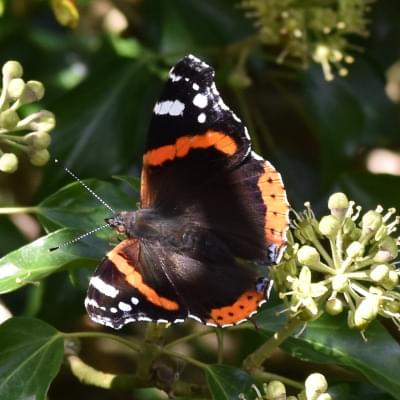
Image © Pipe Green Trust
Whilst some of the adults overwinter, most migrate from North Africa in the Spring and early Summer. They are very colourful with a distinctive patterning. They can often be seen feeding on the ivy flower (especially by the football field gate) in late Summer and Autumn.
For further information visit butterfly-conservation.org
Ringlet
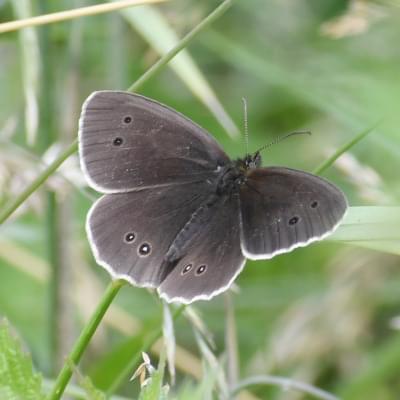
Image © Pipe Green Trust
Another species that relies on grasses as food for its caterpillars. The adults are a lovely dark brown when they first emerge and have characteristic array of eyespots on its wings. It can often be seen feeding on the bramble along the edge of the Green.
For further information visit butterfly-conservation.org
Small Copper
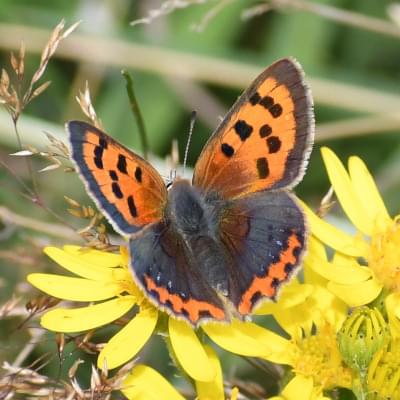
Image © Pipe Green Trust
A delightful small orange and brown butterfly, with distinctive markings. The adults can be seen feeding on ragwort and thistle, whilst the caterpillars rely on sorrel for food (of which there is a lot on the Green!).
For further information visit butterfly-conservation.org
Small Skipper
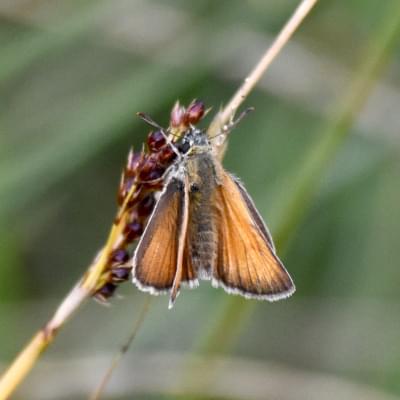
Image © Pipe Green Trust
This small orange butterfly can often be found darting amongst the grasses on the Green. Skippers are very active butterflies and fly in July/August. They often feed on thistle and knapweed where they might stay still long enough for a photo to be taken!
For further information visit butterfly-conservation.org
Small White
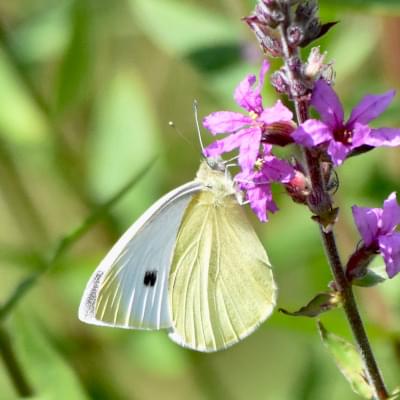
Image © Pipe Green Trust
Similar to the Large White, but as the name suggests, it is smaller! Often found feeding on the thistle and on the purple loosestrife.
For further information visit butterfly-conservation.org
Small Tortoiseshell
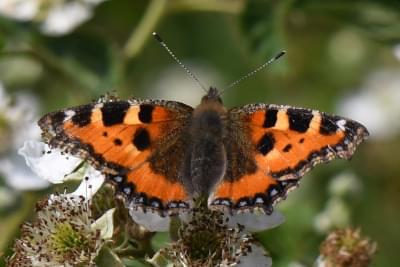
Image © Pipe Green Trust
A well known and brightly coloured butterfly that overwinters as an adult and flies from early spring through to September. It can be found on the Green often on the bramble, or on ivy flower. The caterpillars feed on common nettle.
For further information visit butterfly-conservation.org
Speckled Wood
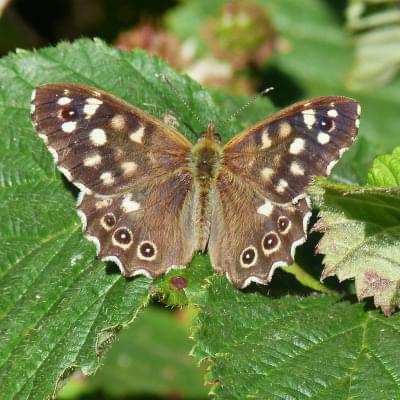
Image © Pipe Green Trust
This dark brown butterfly with creamy spots can be readily identified and is more of a woodland butterfly, preferring dappled sunlight. However, it can be found along the hedgerows surrounding the Green.
For further information visit butterfly-conservation.org
© Pipe Green Trust — unless stated otherwise, the Creative Commons Attribution-ShareAlike license (CC BY-SA 4.0) applies to the content on our website.